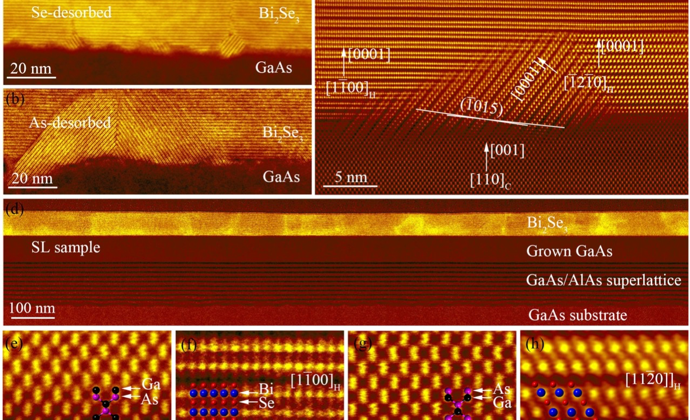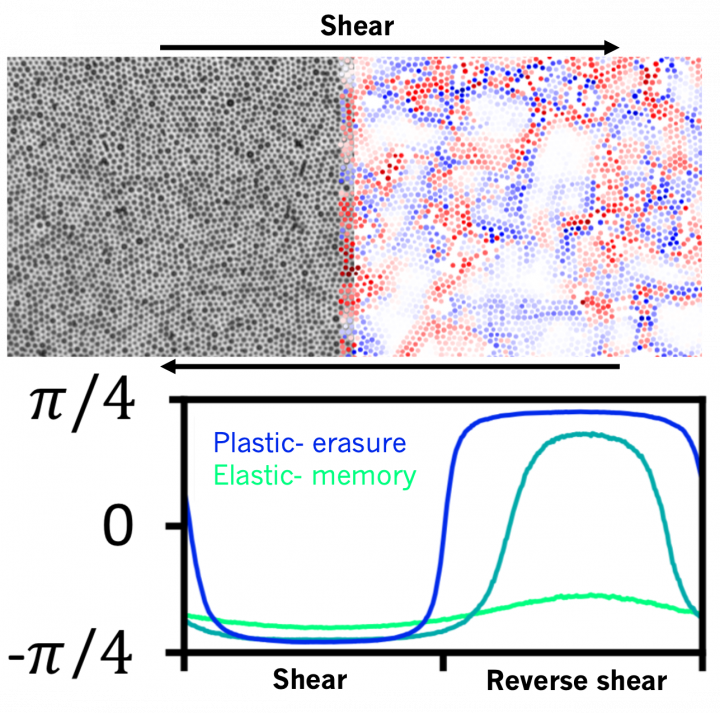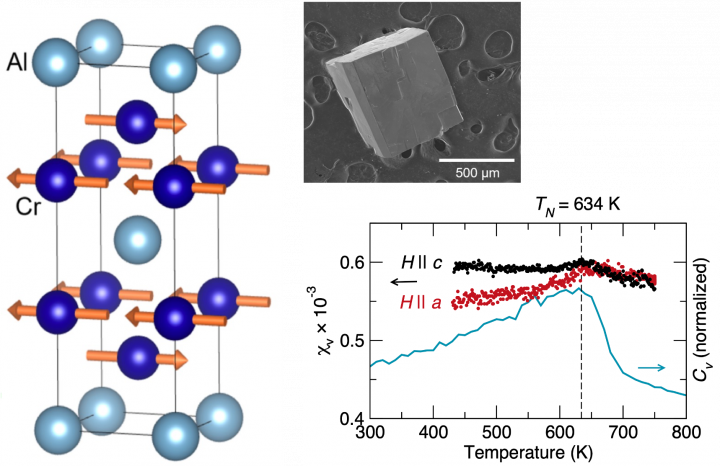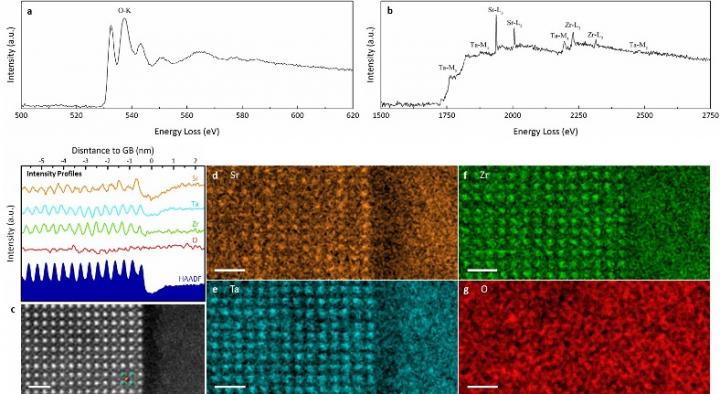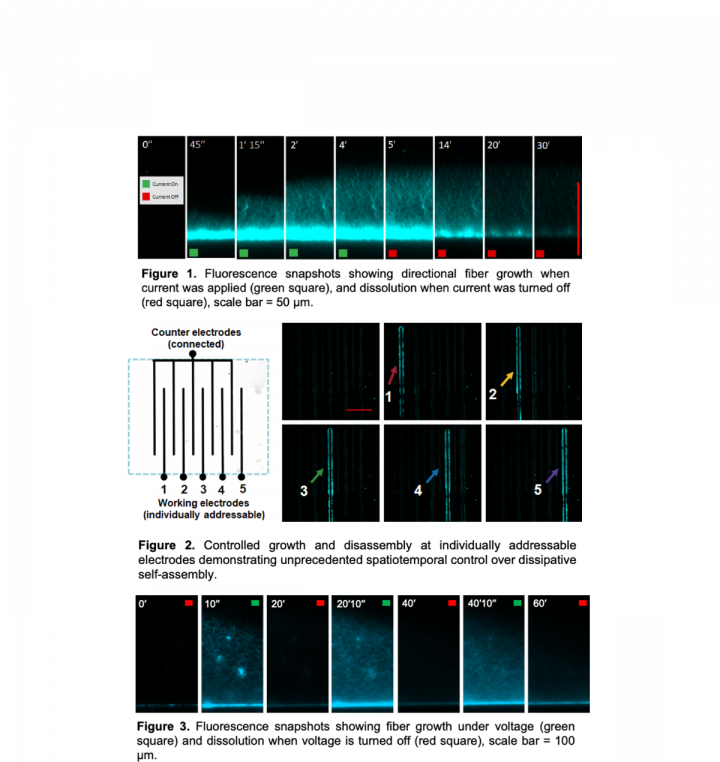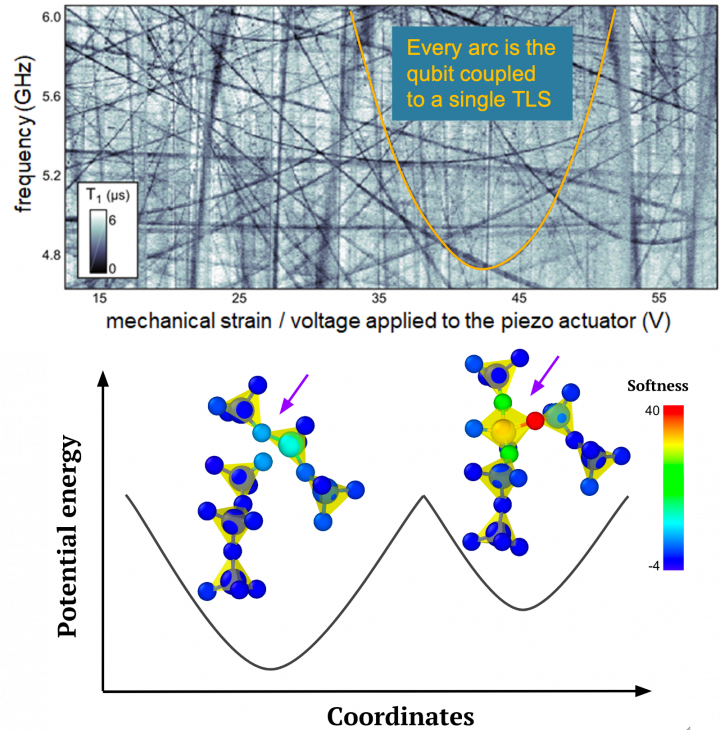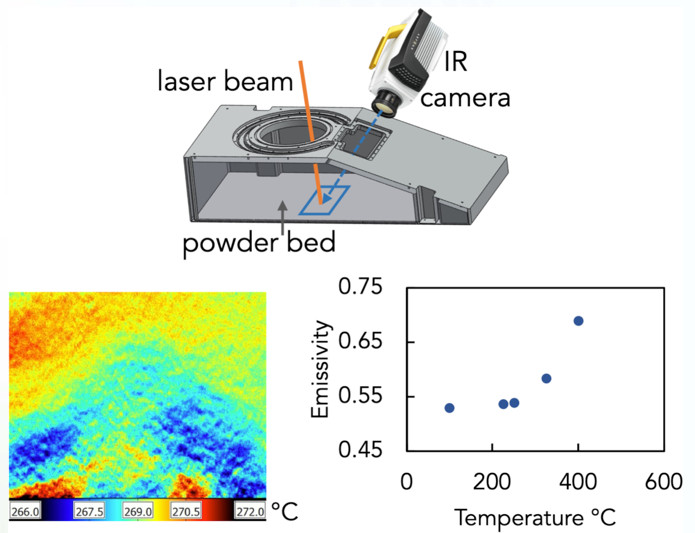The research focus involves understanding how to integrate van der Waals materials like Bi2Se3 with industrially-relevant semiconductor materials like GaAs(001) using molecular beam epitaxy (MBE) for THz applications, as well as determining the chemical composition and bonding type of the Bi2Se3/GaAs(001) interface using density functional theory (DFT) calculations.

